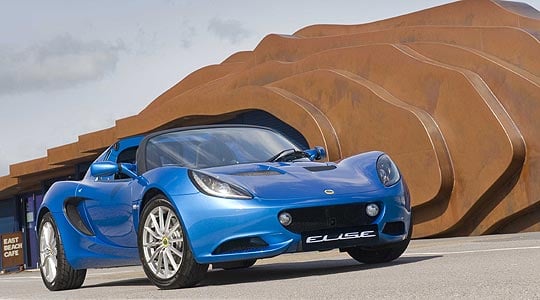
Here's a good definition of a classic. 'An object perfectly fitted for its purpose, and able to remain as an example of that fittedness in perpetuity.' In the world of elderly motor cars, that definition is but part of a wider notion of what a 'classic' might be, and this website is full of them. But the car you see here, now, fits my purist definition exactly.
The Lotus Elise always has done, actually. It's the purest of pure-but-usable sports cars, as light as it can be, as strong and as powerful as it needs to be, and as compact as sports cars should be if you are to enjoy them to the full. Before long, values of the earliest, most-minimal Elises will start to rise, not that they have ever sunk particularly low. That even the oldest cars, now 14 years old, haven't sunk into the decrepitude and disintegration which once awaited earlier Lotuses as neglect and disillusionment set in, shows that the Elise has from the beginning been a sound, durable, proper car. And now there's a new one.
This third-generation Elise isn't radically new, not in the way the second was with its all-new body panels formed from heat-pressed, pre-formed glassfibre sheets instead of the original's hand-laid method. There are new body sections, though. The nose has lost the S2's over-styled snout and has reverted to the simplicity of the S1, albeit with extra side vents. The side scoops now have mesh guards instead of slats, and there's a new rear diffuser which looks a bit blingy but does good work.
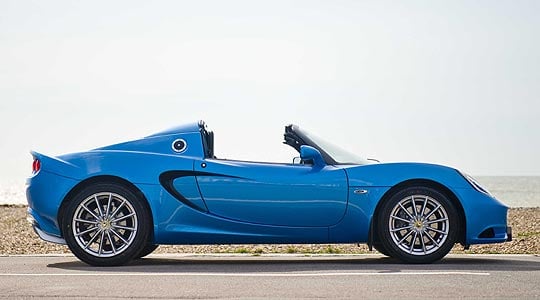
Nothing much has changed inside except that you can now have – shock – a cruise control (useful for average-speed cameras, says Lotus). Nor have the suspension settings changed. The engineers tried some variations but decided it was fine as it was. The big news, rather, is under the engine/boot lid which itself now has a release inside the car instead of demanding you use a key every time you want access.
A clue is in the lid itself, which now has a couple of spines to help disguise the fact that it sits higher above the engine. Yes, the engine is new – and taller, thanks to its Valvematic induction system which, like BMW's Valvetronic, mechanically alters the valve lift to act as the throttle. Both camshafts have variable timing, and the inlet manifold has a variable volume. This is one variable engine.
Like the old one (which continues for now in the high-output Elise R with 192bhp and the supercharged Elise SC with 220bhp), the new engine is supplied by Toyota's factory in North Wales and again uses Lotus's own engine management. Capacity has shrunk from 1796cc to 1598 but power stays the same at 136bhp, reached at 6800rpm. Torque is 118lb ft, there's now a six-speed gearbox with lower-friction shift cables and – crucially – CO2 output is now down to a smugness-inducing 149g/km, as befits an efficient sports car which weighs just 876kg.
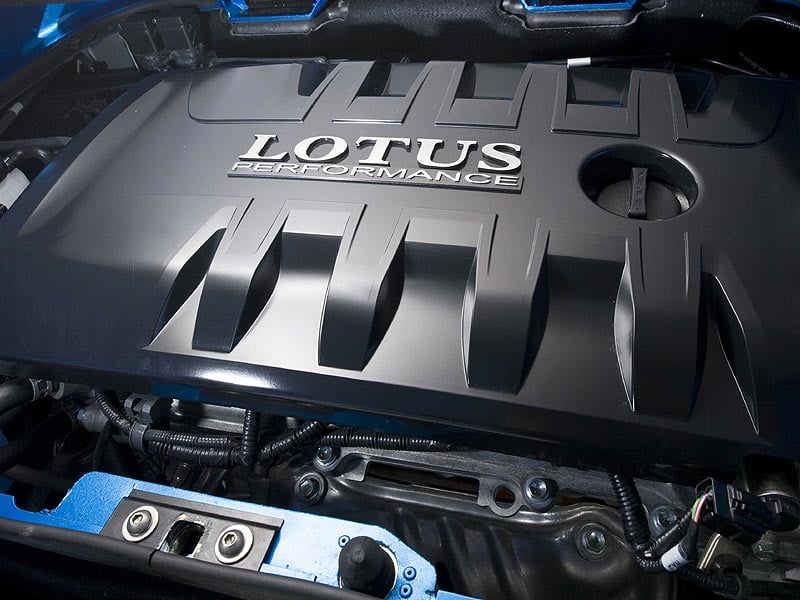
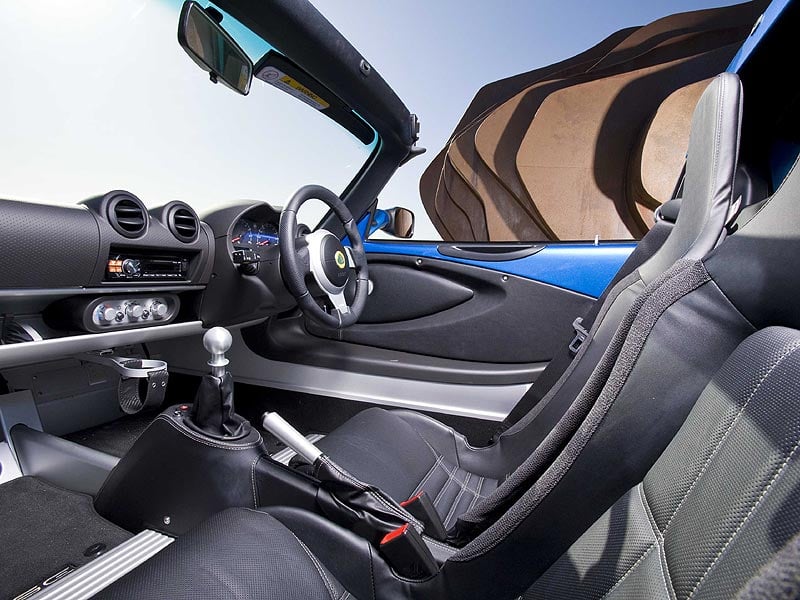
It all works beautifully. The Elise is one of those cars in which everything gels within the first 100 yards, thanks to a perfect matching of clutch feel, throttle progression and gearchange movement. This last attribute, always short and quick, has now gained a liquidity of motion lacking before, so the action is one to be savoured rather than merely used.
Little honings like this are what make today's Elise a smoother, tighter, higher-quality machine than the original. The main ingredients were always right, but now the detail movements match the main event. My test car had one snag, however: there was a fraction too much friction in the (still unassisted, thank goodness) steering rack, depriving me of the last iota of on-centre feel that is normally one of an Elise's defining features. It will no doubt ease off with more miles.
Loaded up in a fast corner, however, with big forces acting on the front wheels, there's as much feedback as you could possibly want. As ever, this Elise flicks from bend to bend with fabulous precision and, in the dry, huge grip – but so much that you can't play with the line on the throttle. And, again in usual Elise fashion, all this happens with not a single shudder from the bonded and extruded aluminium structure. With a ride of miraculous control, too, unless you hit a sharp ridge which elicits a small thump from the front suspension and a bigger one from the back.
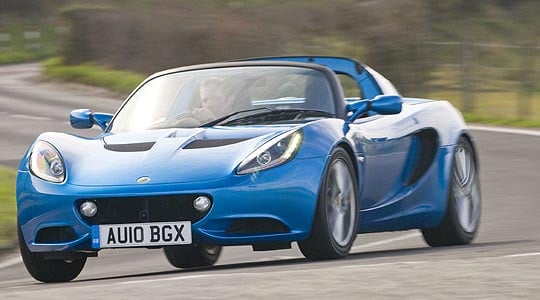
And the engine? It's not loud (a dealer-fit sports exhaust is optional, as before) but it sounds smooth and deep with a crisp edge as the rev limit approaches. You wouldn't detect the capacity reduction unless you'd been told beforehand, because there's enough mid-range energy to render high revs a treat rather than a necessity. There's a surge of aural and accelerative energy at 4800rpm, when the inlet manifold changes its effective length, but the Elise squirts along happily at lower revs. The new sixth gear is long-legged at 23.9mph/1000rpm but it doesn't put the fire out, while the lower five ratios are much as before.
Ultimately, the Elise is quick but not massively so: you'd buy an R or an SC for that. From a standstill to 60mph takes 6.0sec, to 62mph 6.5sec (because that's where the gearchange is), and 127mph is as fast as the Elise will ultimately go. But you can use most of this performance and still return mpg figures in the high 30s. The only slight downside to the new engine is that the throttle response from idle is a touch soft, because that's when the intake system switches from a conventional throttle butterfly (needed for a stable idle) to Valvematic control.
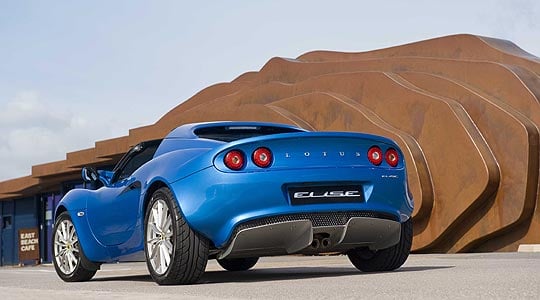
Oh, and it would be good if the Elise could finally be rid of the ancient Vauxhall Cavalier steering-column stalks, but to change the upper column assembly is too big an engineering task to be worthwhile. And that's it.
The Elise was right when it was launched, and it's even more right in today's world. The perfect small sports car? Undoubtedly.
Prices start at £27,450.
Text: John Simister
Photos: Lotus
ClassicInside - The Classic Driver Newsletter
Free Subscription!






